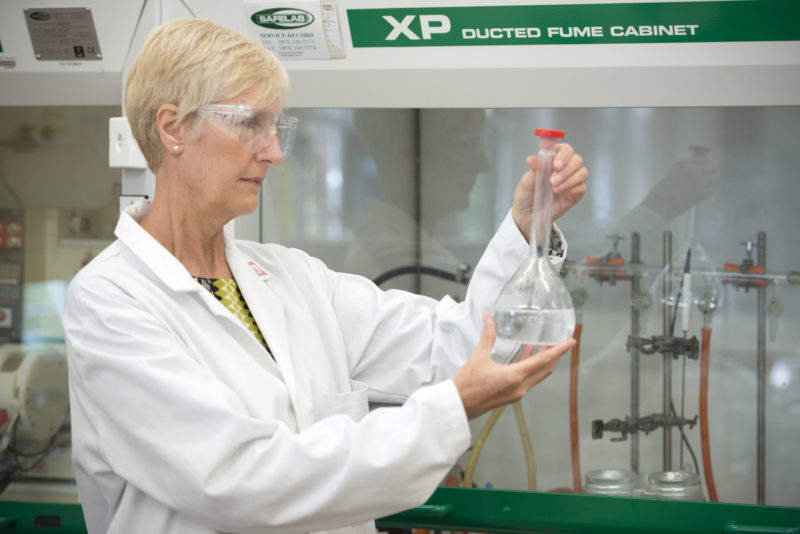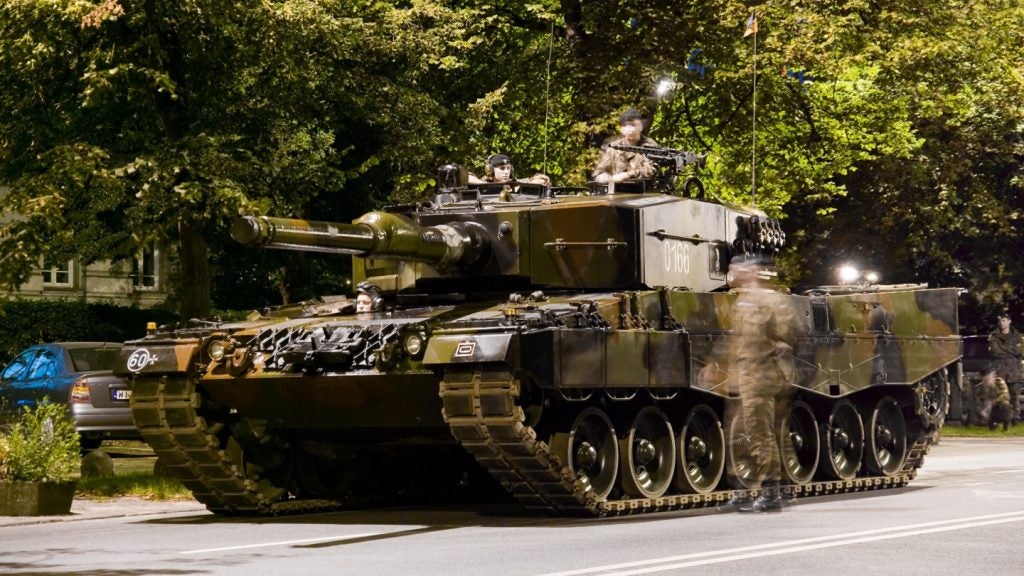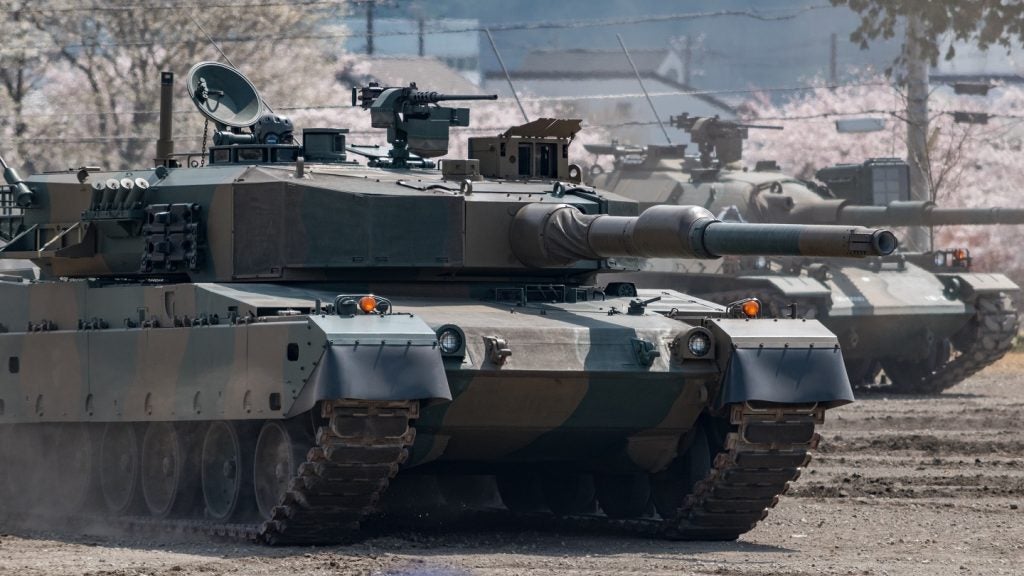
This year marks 100 years since women could first serve in the British military. Since then, British women have served alongside men in almost 50 wars and conflicts. Their contribution over the past century was recognised at this year’s Royal Edinburgh Military Tattoo, which brought together a selection of military women who took part in the event.
While serving members of the military have a more visible presence, female scientists and engineers also work tirelessly behind the scenes to deliver battle-winning technology. There are a few famous examples: Austrian actress Hedy Lamarr co-invented a secret communication system for radio-guided torpedoes; Stephanie Kwolek invented a fibre that was later developed by DuPont into Kevlar; and Katharine Blodgett developed non-reflective glass that had military applications including submarine periscopes.
Their modern counterparts have the same creativity and dedication which will allow them to achieve similar breakthroughs and step into the spotlight.
Recognising women’s contribution
Women in Defence UK (@womenindefence) was founded to promote the value of women working in defence, whether serving in the military or the civil service or working for the defence industry. It’s the brainchild of Angela Owen, who joined the British Army straight from school as an officer in 1976 and is currently a senior advisor to PA Consulting Group on women in defence.
“I’ve worked most of my life in a society that is male-dominated – not a criticism, just a fact,” says Owen. “After leaving the army, I joined PA Consulting in 2008 in the defence sector, and found at conferences and seminars if there were 100 people in the room, there’d probably be half a dozen women. It was so good to see the women that I thought in 2011 we ought to set up a network on LinkedIn, and we held our first event in 2013.”
The second Women in Defence UK Awards recently took place and included a new STEM In Defence category. This category finalists were: Wing Commander Glynis Dean, Royal Air Force [who went on to win]; the Schools Roadshow Team created by a consortium of BAE Systems/RAF/Royal Navy/Mark Greenop and Associates; and Lockheed Martin UK’s Women in STEM Committee.
How well do you really know your competitors?
Access the most comprehensive Company Profiles on the market, powered by GlobalData. Save hours of research. Gain competitive edge.

Thank you!
Your download email will arrive shortly
Not ready to buy yet? Download a free sample
We are confident about the unique quality of our Company Profiles. However, we want you to make the most beneficial decision for your business, so we offer a free sample that you can download by submitting the below form
By GlobalData“What surprised us in this category was the reach of what they’re doing; how many schools they’re visiting, how many children they’re affecting,” Owen says, adding that a change in society thinking needs to happen to get more women and girls into STEM. However, the pace of change is accelerating.
“More and more organisations, companies and the Armed Forces understand the need to get more women into defence because of the benefit of added diversity of thought.”
Owen has an important message for women and girls considering a career in defence.
“I was in the army most of my adult life and absolutely loved it for the challenge it gave me. It took me, developed me and made me into who I am now. There are many more roles open to you now than there were when I joined; you can be an RAF pilot; if you want to be a Royal Marine Commando or Infanteer, those are opening next year. If you love technology, the options are just as great as they are in civilian life but the equipment you get to work on is awe-inspiring. It’s a fantastic life.”
An explosive career
One woman who embraced the opportunity to work in defence STEM is professor Jackie Akhavan, who was shortlisted for the Inspirational Award at the Women In Defence UK Awards. She is professor of explosive chemistry at Cranfield University, and also heads up the Centre for Defence Chemistry, which offers teaching, research and consultancy.
Aside from ensuring military customers get the best and safest new explosives and accredited training, increasing awareness for women and girls of careers in defence science is a priority for Akhavan.
“I used to give lectures on fireworks called Pretty Pretty Bang Bang, but I had to stop that due to legislation around carrying fireworks on the road,” says Akhavan. “I started a new video-based talk on high explosives and what they’re used for in commercial and military applications, like air bags and pilot ejector seats.”
Akhavan admits there’s still a long way to go to redress the gender balance in defence science and technology.
“I call us the hidden people because we’re like a submarine,” she says. “We’re beneath the surface carrying out all this research for defence and eventually another company will take it on and sell it to the MOD. But without our research and contribution moving things forward, you wouldn’t have this technology. With defence cuts it has a huge knock-on effect, not just on the research but also on the teaching side. We need to train people and have a succession plan for the future of defence.”
Big guns: addressing the gender balance in defence leadership
Paul Livingston, vice president and group managing director for Lockheed Martin UK Integrated Systems, was involved in short-listing entries for a number of categories in the awards, including STEM In Defence.
“A UK body found of all the females who do a STEM degree, five years later, only 60% of them are still working in a STEM field,” he explains. “So 40% have been lost somewhere along the way to some other careers path or choice. As a major employer of high-tech talent, we want to have the most diverse talent pool available to us.”
Livingston believes supporting women who enter the defence industry is very important, and Lockheed Martin has particular evidence of the results this support can bring.
“We have a chairman, president and chief executive officer who is a woman, Marillyn A. Hewson,” he says. “In her five years in the role, she’s tripled the share price and come in at number three on Fortune Magazine’s Most Powerful Women list.”
While Livingston admits there’s still plenty of work to do in encouraging women to work in defence STEM, the results are beginning to filter through.
“If you look at the employee population who are under 30, we’re getting a much better gender balance in. We want to keep that talent and grow it so we’re building the senior leaders of ten years’ time,” he says.
Livingston says it was very humbling to see, via the awards, the contribution that women are making.
“A lot of women won’t be aware of their work, and I hope the Women in Defence Awards will highlight to a wider population outside and inside defence what an incredible role females are playing in all aspects of the armed services and all the organisations that support them.”







